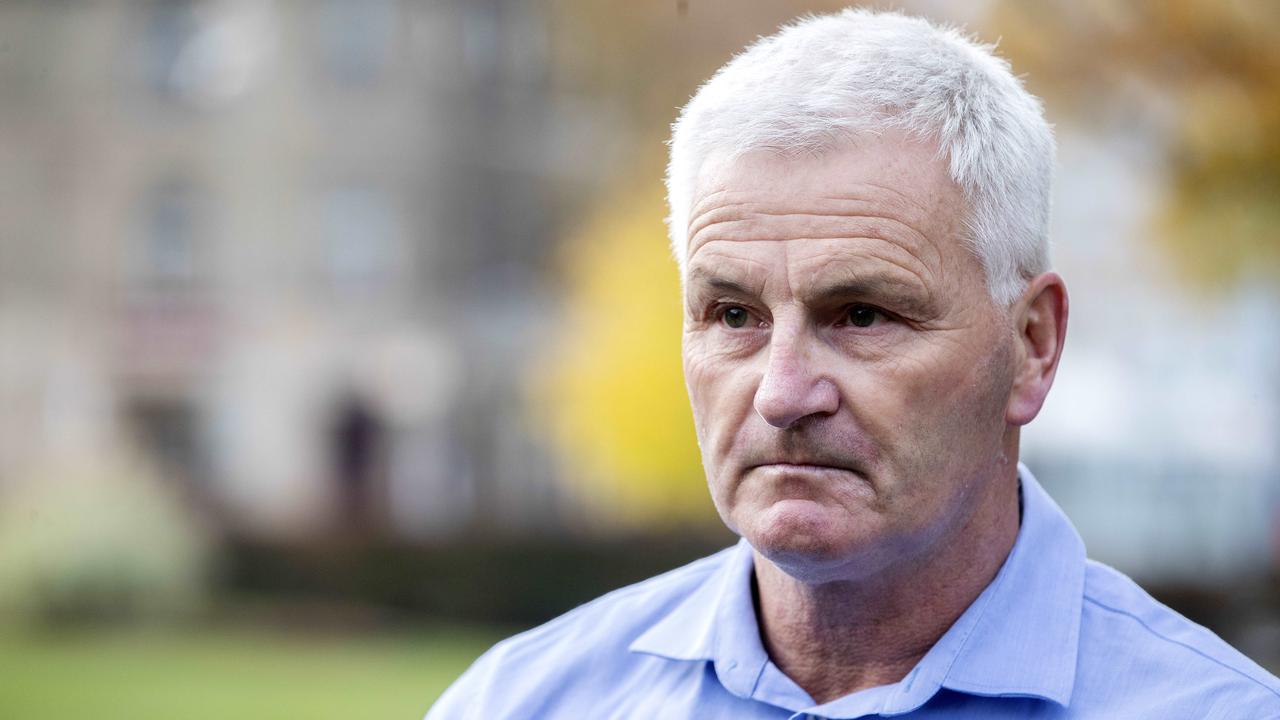North-West virus cluster proves need for tight restrictions, says epidemiologist
Tasmanians should prepare for three, six or even 12 more months of restrictions to their way of life to combat the coronavirus pandemic, an epidemiologist has warned.

JUST how long Tasmania could remain in lockdown due to coronavirus is unclear, but relaxing restrictions too early could undo the state’s success in containing the spread, Greens MP and epidemiologist Rosalie Woodruff has warned.
The state has had 111 confirmed cases of COVID-19 and three of them have died, representing a mortality rate of 2.7 per cent.
Nationwide, less than one out of every 100 confirmed cases has succumbed to the illness.
Until this week, Tasmania’s curve had been flattening, but an outbreak linked to Burnie’s North West Regional Hospital now accounts for nearly one-quarter of the state’s cases.
Prior to the hospital outbreak, most of Tasmania’s cases had been linked to overseas travel or cruise ships, a surge brought under control by strict measures on arrivals into the state introduced by Premier Peter Gutwein.
POLICE TAKE TO THE SKIES TO CATCH RULE BREAKERS
MORE CASES EXPECTED IN BURNIE OUTBREAK
RESIDENTS WANT BEACH ACCESS RETURNED
Dr Woodruff said the state should take comfort that the restrictions had slowed the spread of the virus.
But she said the cluster of recent cases in Burnie and the rapid spread of the virus there was concerning and highlighted the need to remain vigilant.
“This is exactly why we can’t slow down or let up on our restrictions,” she said.
“This cluster could happen in the south, it could happen in the east and that’s why it matters so much particularly in this period that we lock down with social movement.”

The State Government has ordered a strong police presence throughout the Easter weekend to stop people travelling to shacks, which aims to reduce non-essential travel and limit the spread of the virus to vulnerable communities.
Last week, new research showed Tasmania could endure the highest coronavirus related deaths per capita.
The demographic research was published by data analytics consultancy Evidion, and was completed by chief analytics officer and former New South Wales government chief demographer Justin Douglas.
“Our modelling shows that Tasmania is Australia’s most vulnerable state once population size is taken into account,” he said.
MORE NEWS:
GRAND PLANS REVEALED FOR POPULAR PUB
TEEN SENTENCED OVER NIGHTCLUB MANSLAUGHTER
TASSIE YACHTSMAN WINCHED TO SAFETY
Dr Woodruff agreed the state’s demographic profile left it susceptible to the effects of coronavirus.
“Tasmanians are older and sicker and generally more vulnerable, so we are always at more risk of more people dying from coronavirus than other states,” Dr Woodruff said.
Dr Woodruff said Tasmanians should prepare for three, six or even 12 more months of restrictions to their way of life.
“I think probably we’ll be looking at waiting for a vaccine and finding a level of restrictions that will contain the virus sufficiently until that happens,” she said.
“It might be in a month or two months’ time that we have a better grasp on how we can loosen the restrictions but still keep control of the spread of the virus, so I would hope that we could work towards that, but there’s no guarantees that will be a possibility.
“The smart public health approach is to look at what’s happening in other countries, look at the evidence and work out how we can extract ourselves from these restrictions, but not at the cost of going back to the beginning.”

Dr Woodruff said if left unchecked, Tasmania would have experienced thousands of cases.
“We definitely could have had more deaths,” she said. “No doubt about it, we have saved lives and we have saved a lot of sick people.
“It’s not that we’ve reached the peak, we’ve reached a point where we’ve stabilised the spread of the virus, except Burnie.”
Dr Woodruff called for a sentinel testing regime employed in Devonport to be expanded to other areas to give a clearer picture of the state’s coronavirus impact.
Labor leader Rebecca White renewed calls for the state to broaden testing guidelines, especially for frontline workers.
“We do know that about 20 per cent of people with coronavirus are asymptomatic, so it is important to think about how we can expand testing to capture those people,” she said.
“And this is also why it’s really important for people to act as though they have the virus because you don’t know.”
Mr Gutwein said on Wednesday the Government would take a cautious approach to relaxing restrictions moving forward.



